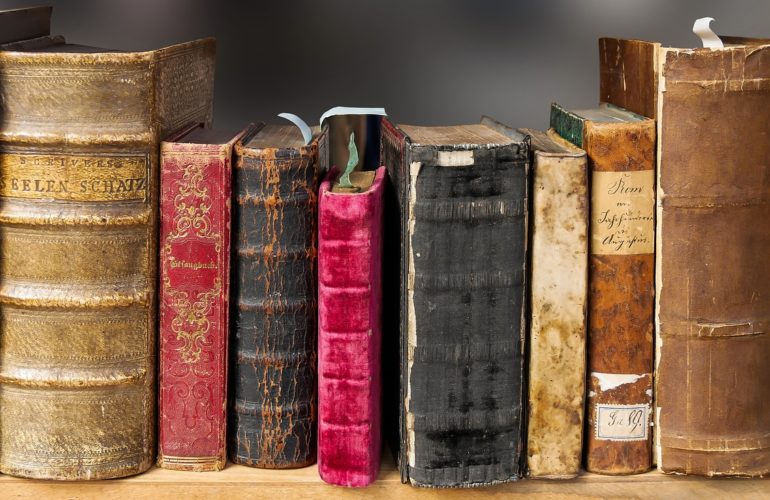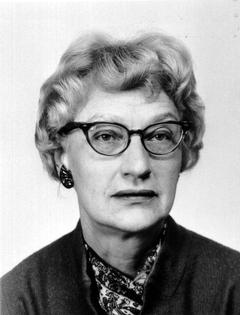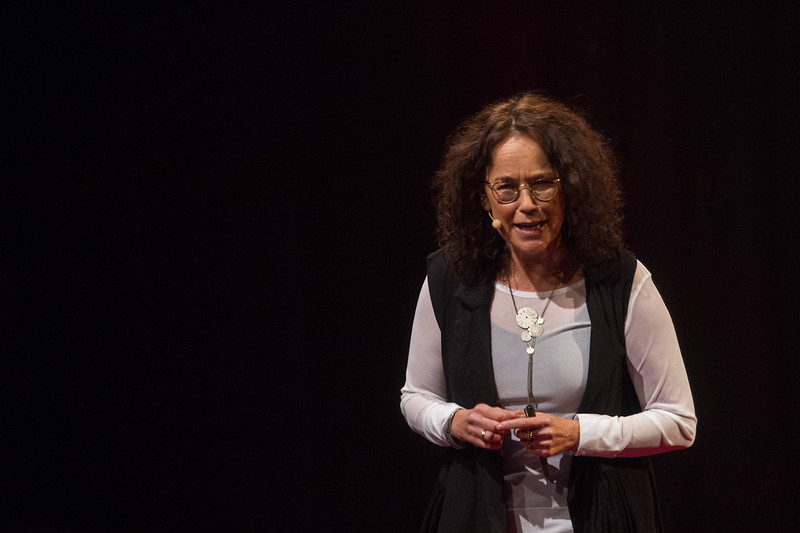Each year, at the beginning of March (the 8th to be more exact), the entire world celebrates International Women’s Day (which has been around since 1913). The day is significant for women everywhere as it brings awareness towards the fight for gender equality and celebrates their achievements throughout history.
In an effort to join the celebration, we dedicate today’s article to some of the most prominent female linguists, whose work in the field of linguistics helped change history and advance knowledge. Moreover, they are not just celebrated for their work, but also for being an inspiration for countless others (female and male) who decided to continue their efforts and take the field of linguistics even further.
Although we only selected ten linguists, it’s important to mention that they are not the only ones. Of course, there are other professionals that deserve to be praised and recognized for their past and present efforts to push forward the field of linguistics.
Top 10 Famous Female Linguists
Below, you will find some of the most famous linguists in the world who also happen to be women. Many fought hard for their efforts and talent to be recognized and challenged the paradigm of their time that placed women in a submissive role. As a result, they are celebrated not just for their achievements, but as feminists and pioneers as well.
Also, the order in which we mention these famous female linguists is of no importance to their degree of importance.
#1: Sacagawea
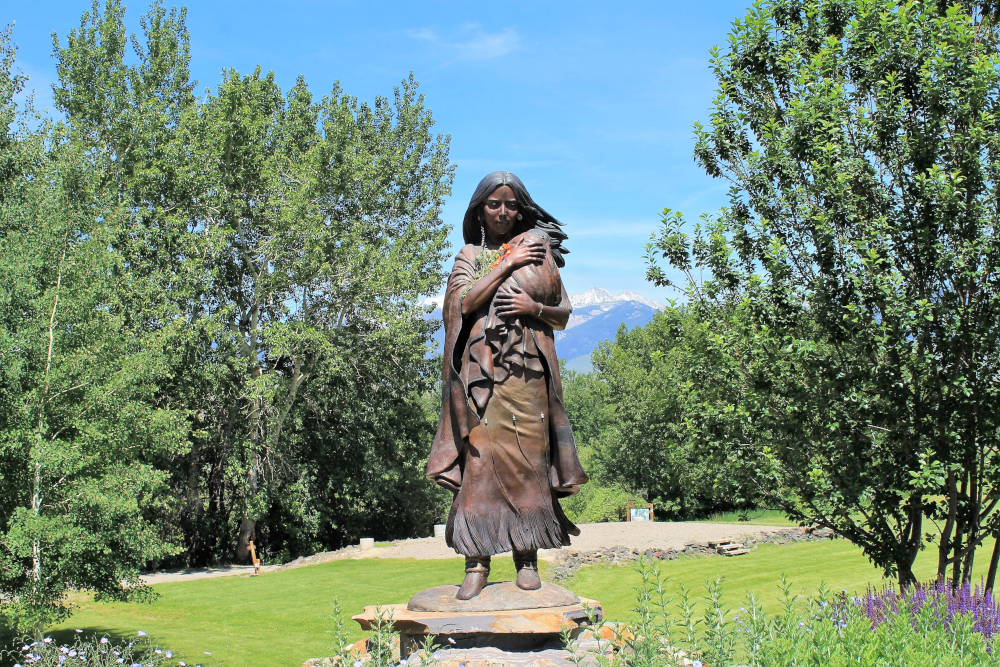
While she is not a very popular character in British culture, Sacagawea is known by Americans as one of the first interpreters and translators. She made great contributions to the Louis and Clarke expedition in 1804, by travelling with them and providing guidance and communication skills with the native tribes (she was fluent in the Shoshone language).
In addition, she made great efforts to keep the entire expedition safe and sound (she was also knowledgeable on the local flora and fauna), but she also tried to save as much as possible from the written records and journals from that time. In fact, the information we have today about that expedition may be due to her efforts.
#2: Donna Jo Napoli
Donna Jo Napoli is one of the famous contemporary female linguists who are still doing a fantastic job at promoting the field and enriching world culture. She is about 70 years old but is still active in the field. As a linguist, she worked on a wide range of topics such as Poetics, Morphology, Phonology, Phonetics, and Syntax. She is famous for writing children’s books and young adult fiction, but she also covered topics for the American Sign Language and the structure of the Japanese language.
Donna Jo Napoli taught linguistics in several colleges and universities and is currently employed as a linguistics professor at Swarthmore College. Lastly, her books have been translated into several languages, so it’s easy for anyone to enjoy her works, regardless of their current location and language.
#3: Carol Chomsky
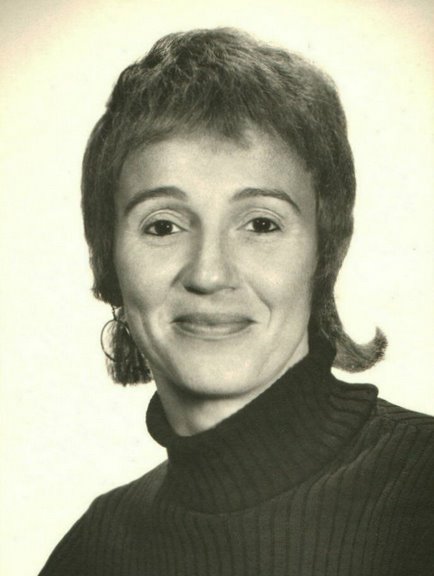 Carol Chomsky – img source
Carol Chomsky – img source She focused her efforts on understanding how children learn languages (written and spoken). Through her work, she managed to prove that everything known up until that point was a gross underestimation of the complex processes that take place in a child’s brain when learning syntax, reading, and speaking.
She identified some issues in learning a language (as it used to be done) and even created a technique that helped struggling children become better readers. In addition, she created a computer program with the same purpose – to help children improve reading and comprehension skills.
Lastly, in 1969, she wrote “The Acquisition of Syntax in Children From 5 to 10” which is a detailed documentation of her study on how children understand and learn a native language and how they use this knowledge to interpret more complex sentences later in life.
#4: La Malinche (Doña Marina)
Even though history remembers her as the mistress of the famous Spanish conquistador Hernán Cortés, La Malinche is thought to be one of the first known interpreters of the world. She played the role of emissary for Cortés and King Charles V (she could speak Nahuatl and Mayan) for about seven years (1519 – 1526). Moreover, she became a mediator and negotiator between the Spaniards and the native people of Mexico, helping both parties reach an agreement.
Doña Marina made the history books only because she was imprisoned and enslaved by a famous man. Still, she paved the way for other famous female linguists after her, as she proved there is room for negotiation and discussions, not just violence and conflict.
#5: Larissa Volokhonsky
Larissa is one of the famous linguists that managed to offer people accurate and easy to follow translations for complex works of art like “The Idiot” and “The Brothers Karamazov” by Fyodor Mikhailovich Dostoevsky and “Anna Karenina” by Leo Tolstoy. She was born in Leningrad, Russia but went to study abroad, where she met her husband, Richard Pevear.
Together, the couple enriched the world’s cultural heritage by making famous Russian literary works available to a larger audience. Larissa Volokhonsky is one of the first Russian female literary translators and, in collaboration with her husband, she managed to make the world a more interesting place.
#6: Eve Clark
She is a British linguist, born in 1942, who is currently a Professor of Linguistics at Stanford University. She is famous for her research on the acquisition of meaning that helped shed light on how mankind first acquired language. She also helped us understand how children learn a language and her work has direct applications in helping adults learn a second or third language.
#7: Tsvia Walden
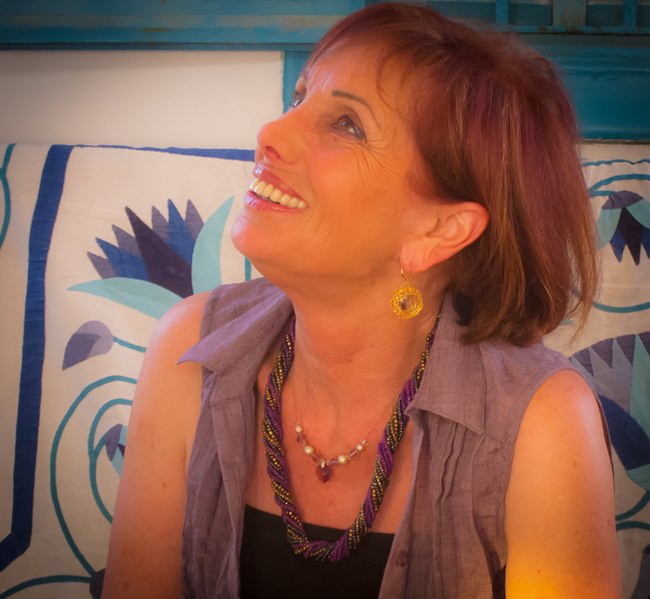
An Israeli linguist, Tsvia Walden is currently a distinguished professor at the Ben Gurion University of the Negev. She stands out among other linguists for her research in social studies and how language, gender, and other factors influence the way people communicate.
She is a psycholinguist and continues to study how language influences social meaning even today. As a teacher, her work is focused on finding better ways of teaching languages, showing a preference for the Whole Language method.
#8: Mary Rosamund Haas
Born in Richmond, Indiana, Mary Haas is one of the famous female linguists who worked hard to preserve languages in danger of extinction such as Tunica, Natchez, and Creek (all languages spoken by North American native people). Most of her notes remain unpublished even today, but her work is being used by contemporary linguists.
In addition, Mary Rosamund Haas had a passion for teaching linguistics and supervised over 100 doctoral students (among others) throughout her career.
#9: Dorothy L. Sayers
She is the English writer who brought Dante’s Divine Comedy to English speakers everywhere (she translated it). Still, her name is also linked to various detective fiction works and plays. Dorothy Sayers also did Christian humanist works and influenced several famous writers like Tom Stoppard and even the great C.S. Lewis (the author of The Chronicles of Narnia).
#10: Kathryn Burridge
Professor of Linguistics at Monash University, Kathryn Burridge is an Australian linguist who focuses on language change – how the vocabulary and grammar of a language evolve due to foreign influences and economic developments. She is the author of over two dozen books on various aspects of language, with titles such as Forbidden Words: Taboo and the censoring of language or Wrestling with Words and Meanings.
Bonus: Famous Female Polyglots
Proper communication and etiquette are some of the fundamental elements for good relationships, which is why many high-class ladies were taught manners and several foreign languages from an early age. Of course, these lessons were only designed to create proper wives for the powerful men of the times, but there are a few bold ladies who understood the power and openness that comes with being multilingual.
A great example comes from the rulers of two great empires: Cleopatra and Queen Elizabeth I. Even though centuries apart, these two fierce and intelligent women proved that femininity is not frail nor submissive.
Both were polyglots (Cleopatra was believed to speak 9 languages and Queen Elisabeth I, around 10) and both used their knowledge in negotiations and forging new diplomatic relationships. Nowadays, another female leader who is also a polyglot is Angela Merkel – the famous chancellor of Germany (although, she only speaks three languages fluently).
Of course, the world of famous female polyglots is not limited to heads of state. Other amazing examples are people like Penelope Cruz (a famous actress who speaks 4 languages) and Karen Mok (famous actress and singer; speaks 5 languages)
In Conclusion
Women everywhere have an incredibly powerful voice but these ladies (and other famous female linguists) truly used it to put words into play and create inspiring works! These women were and remain the role models of new generations of young girls and their efforts will be echoing through history for a long time.
